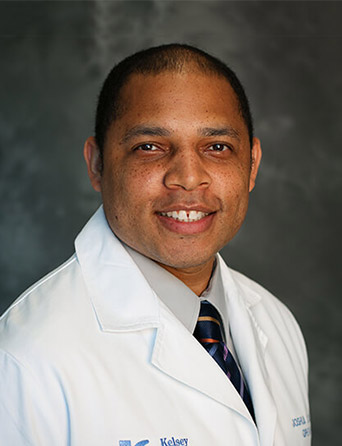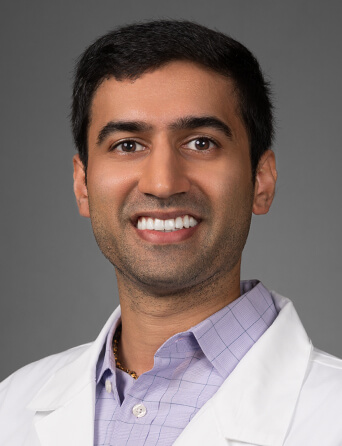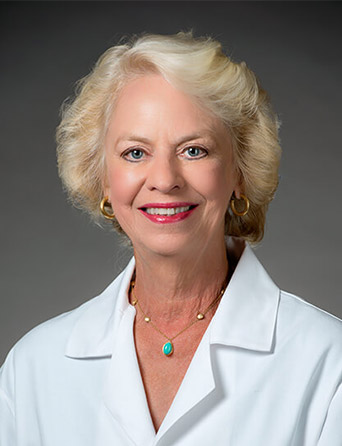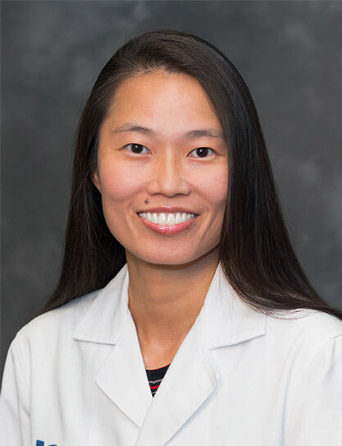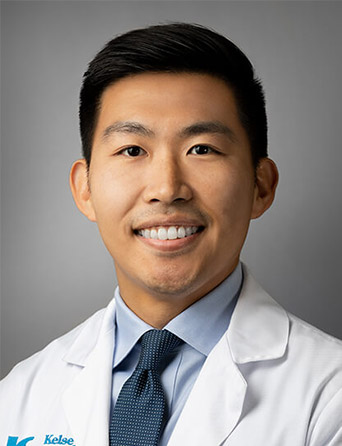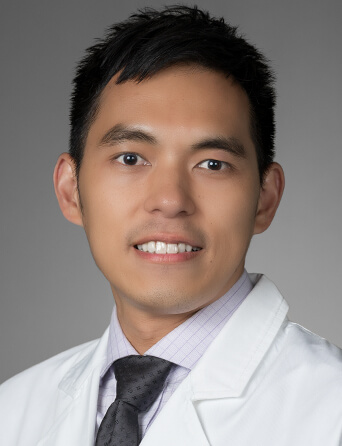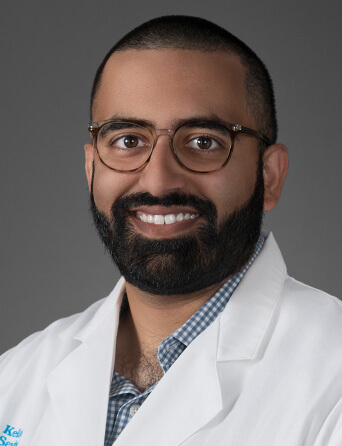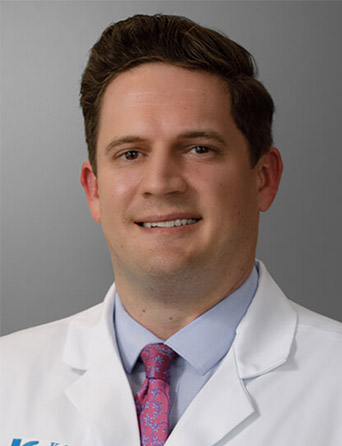Join Our eNewsletter!
Subscribe to our monthly newsletter to receive encouraging advice to help you lead a healthy lifestyle.

What You Need to Know About Cataracts
Put simply, a cataract is the clouding of the lens of the eye. Cataracts are a common condition and affect more than half of Americans age 80 years or older. While most are age-related, cataracts can have other causes that include eye injuries and conditions like glaucoma.
Typically, they develop because the proteins in the lens of the eye break down and clump together. The clumping creates a cloudy lens, which worsens over time. These proteins start breaking down around age 40. Cataracts can develop in one or both eyes, but they cannot spread from one eye to the other.
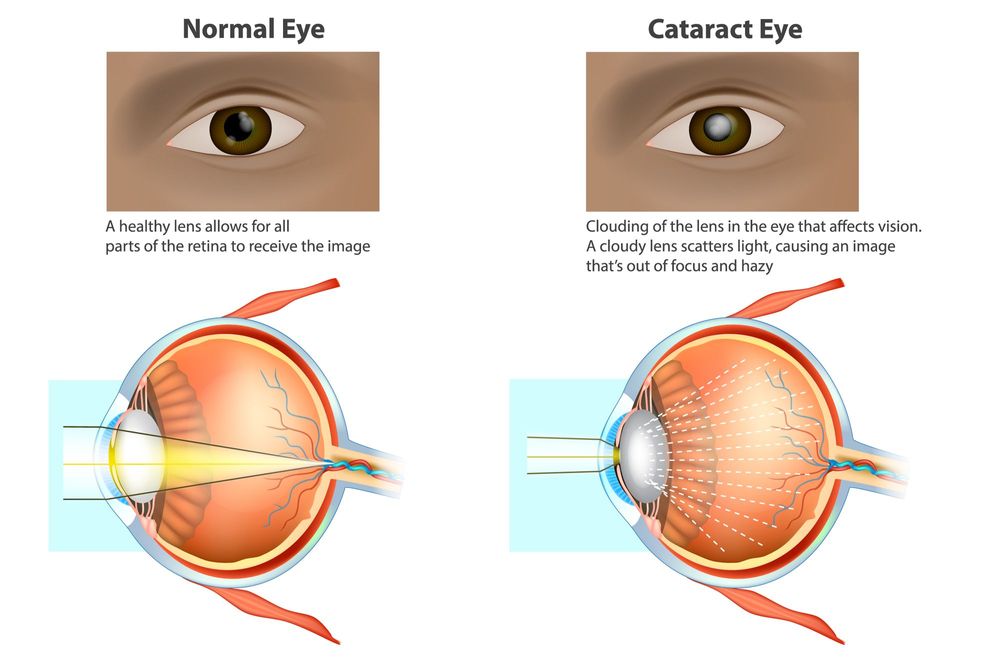
Signs & Symptoms
Many people don't realize they're developing because they develop over time and the first symptoms can be blurry vision, something that happens to most of us as we age. But once they are fully developed, cataracts can cause serious obstruction of vision.
First signs of cataracts can include:
- Blurry or cloudy vision
- Seeing colors as faded or yellow color
- Not seeing well at night
- Light seeming brighter or too bright
- Seeing halos around lights
- Seeing double or multiple images
- Trouble reading
Regular vision exams can help identify cataracts and conditions that can cause them through a dilated eye exam. Individuals age 60 and older should get a dilated eye exam every two years.
Risk Factors and Prevention
Your risk for developing cataracts increases as you age, but other risk factors may include:
- Health conditions such as diabetes
- Smoking and drinking excessive alcohol
- A family history of cataracts
- Previous eye injuries, eye surgery, or radiation treatment
- Spending a lot of time in the sun
- Taking steroid medications
While you cannot completely prevent cataracts, there are measures you can take to delay them, such as:
- Quitting smoking and drinking less alcohol
- Eating healthy and including dark, leafy greens in your diet
- Wearing sunglasses and/or a brimmed hat when in the sun
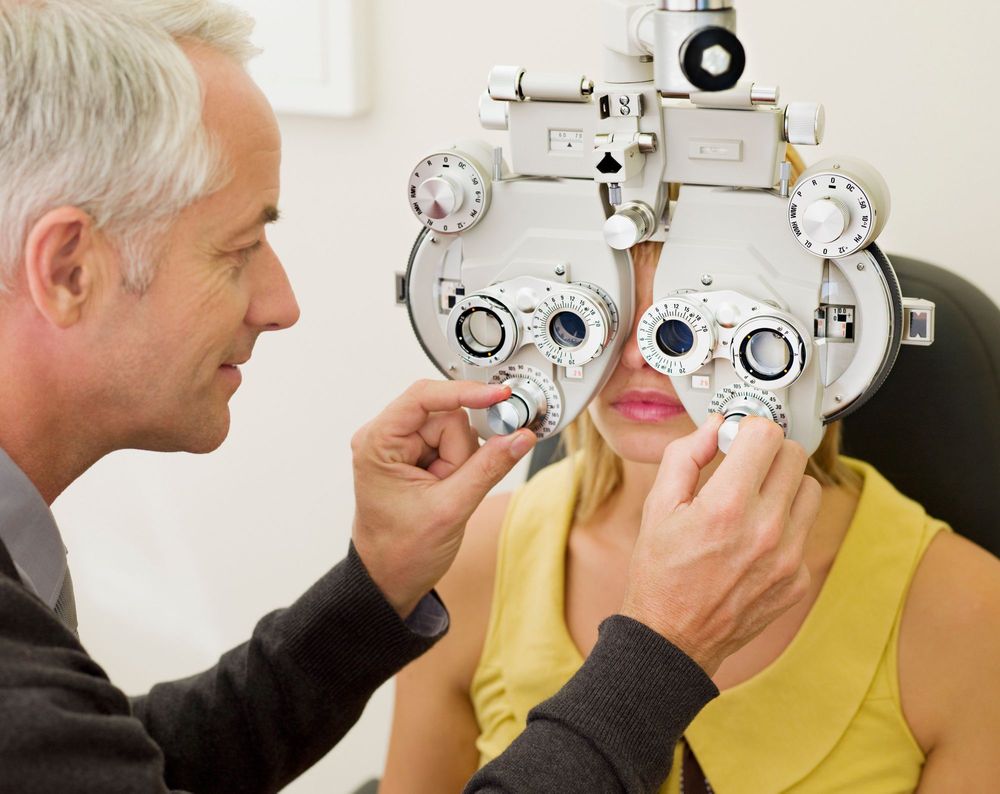
Treatment
Cataract surgery, one of the most common procedures in the U.S., is the only way to completely remove cataracts, but the procedure can be delayed until vision is obstructed so severely that it prevents you from performing everyday activities. Waiting to have the surgery should not make the cataracts develop more quickly.
During cataract surgery, the clouded lens is replaced with a new, artificial lens called an intraocular lens. There are different options of intraocular lens to help you improve distant vision, near vision, or both. The surgery is generally safe, and over 90% of individuals who undergo surgery are able to see clearly afterward.
Prior to surgery, there are some things you can do to help manage the cataracts before they worsen, such as:
- Using brighter lights for reading and working
- Using reading glasses or a magnifying glass for reading
- Wearing sunglasses with anti-glare lenses
- Regularly seeing your eye doctor and getting new prescriptions for glasses
Everyone should get regular eye exams as part of a healthy lifestyle, but if you suspect you may be developing cataracts, the optomotrists and ophthalmologists at Kelsey-Seybold Clinic can detect them and provide you with management and treatment options.

